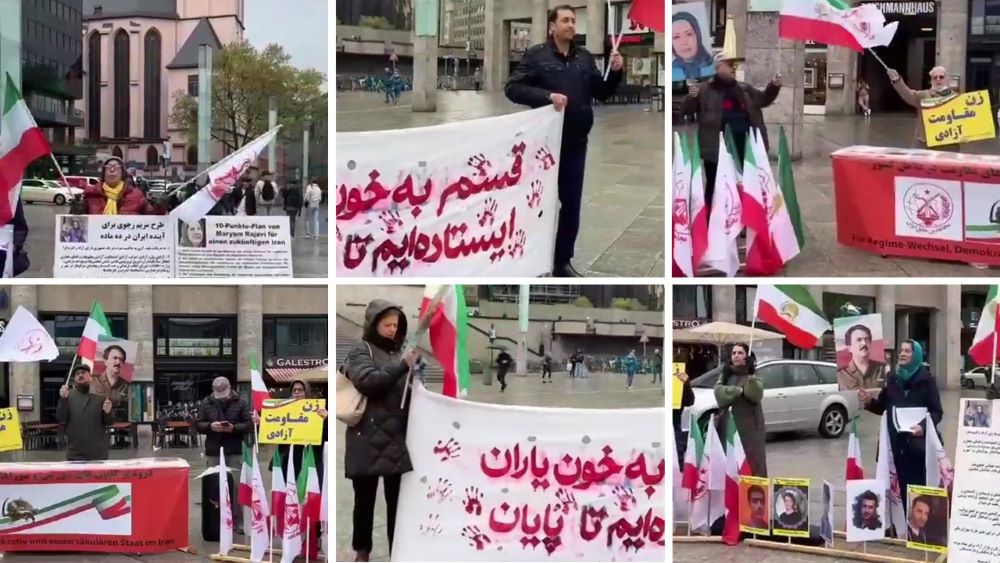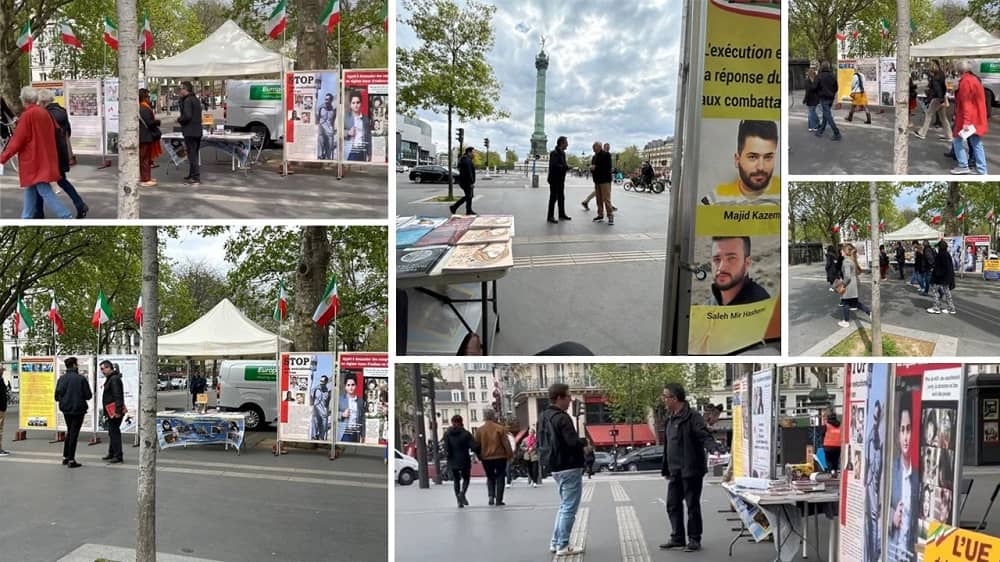The Iranian regime ordered its cyber army to spread fake news about the protest in Saravan, Sistan and Baluchistan province, according to the Iranian Resistance, with the intention of smearing the protesters, preventing future protests, and making itself look better when it kills protesters.
In one of these dispatches, which called protesters “armed mobsters”, the regime admitted that demonstrators were supported by opposition groups seeking regime change, but failed to note that protests began after the regime killed fuel porters.
The regime said that its media must pretend that there are no protests and that the protesters claims are designed to disrupt peace and security. It also said that posts supporting the regime narrative should be amplified, while those from protesters must be buried.
What are these protests?
The protests began on February 22 after Revolutionary Guards (IRGC) forces extra judicially killed several fuel porters, who were demonstrating against the closure of the Iran-Pakistan border, which left them unable to complete their jobs. The protesters tried to enter the IRGC base, which is when the IRGC fired upon them, injuring 40.
The regime feared that the Iranian Resistance would expose this, as they have long done with the regime’s crimes over the years, so they launched a campaign to discredit them, the Baluchi citizens, and the uprising. Evidence of how well this has worked can be seen in the Iranian media recently.
The official outlet of the IRGC’s political deputy, the Sobh Sadegh magazine, wrote Saturday: “They faked statistics on the death toll of 10 to 40 people, accusing military and government institutions, simulating the events of Saravan to the events of November 2019 [uprising]. [The MEK] is trying to spread these protests in other parts of the country and identify the IRGC as the Baluch people’s economic rival.”
While the state-run Boultan news wrote Tuesday: “The MEK has concluded that due to the increasing influence of the Instagram social network in Iran, they can communicate with the Instagram influencers in any way they can and pursue their goals. More than 2,000 MEK members in Albania are trying to pump up rumours and fake news inside Iran.”
Of course, the People’s Mojahedin Organization of Iran (PMOI/MEK) have published footage that shows the attacks on defenceless Baluchi locals, which caused Iranians, including many Resistance supporters to send messages oof solidarity to the locals in Sistan and Baluchistan province. Some have written graffiti in town squares, some have taken to the internet with the hashtags ‘Saravan’, ‘Saravan is not alone’, and ‘Bloody Saravan’, and some have held protests in their own area. (This includes many Iranian expats who have held rallies in the country that they now live in.)





